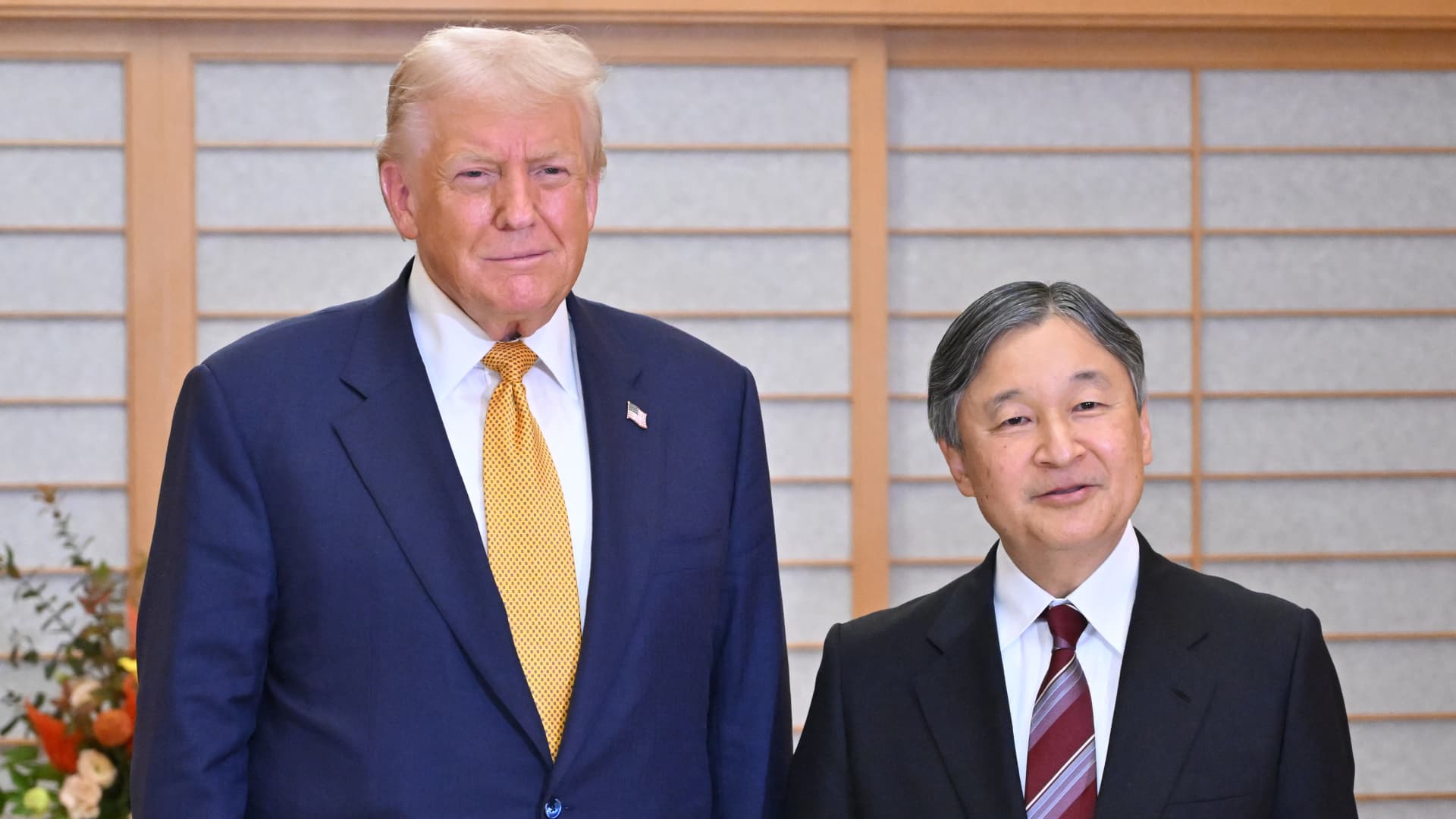Global markets rallied at the start of the week as investors were buoyed by growing optimism that the U.S. and China are nearing an agreement on trade.
The pan-European Stoxx 600 added about 0.3% on Monday morning, which followed earlier solid gains across Asian markets, with Japan’s Nikkei 225 closing up 2.46% and South Korea’s Kospi rising 2.57% on the day.
U.S. futures also received a shot in the arm ahead of Monday’s opening bell, with Dow Jones Industrial Average futures notching 0.6%, S&P 500 futures rising 0.8%, and Nasdaq 100 futures gaining 1.2%.
While more than half of Europe’s sectors were negative Monday morning, industrials, technology and mining stocks — three industries often seen as particularly sensitive to global trade tensions — were among the biggest gainers. The Stoxx Europe 600 Technology Index led the way, rising 1.4%, as the Stoxx Europe 600 Basic Resources gained 0.5%, and the Stoxx 600 Industrial Goods & Services index added 0.3%.
Hopes of a trade truce
Rupert Thompson, chief economist at IBOSS, said the latest trade news was the main driver for Monday’s global rally, adding that it further strengthens the prospects for a longer-lasting truce that will defuse tariff hostilities.
“It certainly kicks out into the long grass a sort of big flare-up of trade tensions again,” Thompson told CNBC’s “Squawk Box Europe.” “Almost certainly, if this does go ahead, it means the trade truce will continue, possibly for longer than a sort of three-month period, which had been the norm so far.”
He added: “Certainly, it means that…. the favorable tailwinds behind the markets at the moment have got another leg to them.”
But Thompson also sounded a note of caution. He warned that underlying geostrategic tensions between the two nations remain in place, and noted that the president’s plans for 10% tariffs on Canada — which Thompson said came “out of the blue” — demonstrates that Trump remains “fairly fickle” on trade matters.
Christian Mueller-Glissmann, head of asset allocation research at Goldman Sachs, pinpointed broader factors at play when it comes to a potential pick-up in growth.

“I’m not sure that this agreement in particular will get things going, but the baseline assumption for next year is things will look a bit more reflationary,” Mueller-Glissmann told CNBC’s “Squawk Box Europe” Monday.
He said the bank is “modestly pro-risk,” looking for upside convexity and avoiding speculative trades, adding that the current market environment is built around structural optimism partly fueled by greater liquidity. He said that “trapped” liquidity could boost the potential for a late-cycle acceleration, but warned that risks also remain.





